The Breakdown: Danny Byrd talks us through his process from inspiration to mixdown
D'n'B mainstay Danny Byrd goes deep into his studio process in the inaugural edition of our new video series, The Breakdown
In our new video series The Breakdown, we visit producers in the studio to hear them break down the gear and techniques that go into some of their best tracks.
This month, we swung by D'n'B lynchpin Danny Byrd's home studio, where he showed us how he put together his latest single, Selecta with D Double E, and talked us through his creative process from inspiration to mixdown.
Beginnings
“I often start with little samples or ideas. This latest track [Selecta] started off with a little horn sample from my trusty 1994 Future Music sample CD. It was actually a friend of mine that brought me this sample, but I’d remembered it from the sample CD years before. The question then was how to take that sample and make something of it.
“Some producers will start off with the drums then add a bassline, then the intro becomes incidental sounds. I can’t work like that. I always have to have a sample or something to grab on to. I find it much easier to write a bassline when I know how the track is going into it. A lot of my tracks just start as a breakdown, which was exactly the case with [Selecta].
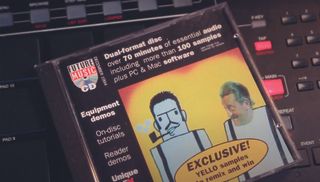
“It’s important that you get your drums in quite quickly once you have a sample going. I’d usually start with some very basic drums that I know will work with the sample. You’re trying to work the drums around the sample, essentially, rather than just creating some drums from scratch.”
Taking it further
“One thing I find really useful and I’ll do in a lot of my tracks is to have a little stab [at the start of each bar]. I find it much more useful than just going into the drums. That stab will inspire me to write the bass.
“Although I love to play the keyboard, I find with basslines it’s so fiddly I prefer to do it onscreen. I’ll start by putting the tonic note from the sample as my first note. Then maybe I’ll try it an octave up or something. I’ll add a few notes and that quickly gets me vibing, but without that stab there or the music around it I don’t think I’d be able to write the same kind of bassline. So it really helps.
Get the MusicRadar Newsletter
Want all the hottest music and gear news, reviews, deals, features and more, direct to your inbox? Sign up here.
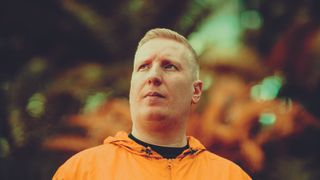
Danny Byrd on how he made the bassline for Selecta ft. D Double E
“I’ll take that one loop and then repeat it and do an edit on the next bar – maybe invert the bassline or something to make a nice variation. Then it’s a case of duplicating and making these edits. Maybe I’ll put a pitch bend on the fourth bar, for example. Quickly you’ll end up with a nice little bassline.
“That’s my trick – if you’re stuck on a track, copy and paste what you have and do an edit on the next bit. It seems really clichéd, but it’s amazing how your brain reacts when you’re listening to, say, 50 seconds of music rather than a two bar loop. If you think about it, music isn’t always about the impact or the drop, it’s about how it progresses, and you don’t get a chance to do that unless you start arranging it.”
Arrangement
“My main section of a drum & bass tune, the main drop, is normally about 48 bars. That’s 16 bars as the main section, another 16 with maybe a vocal coming in or something else changing, and then another section of just letting it roll out for a bit.
“You might wonder to yourself, maybe it would be good to just keep on going up and up and building more stuff on there? There’s a reason to let your tracks roll out though. For one thing you can go into a breakdown and then go back into the drop, for more dynamics.
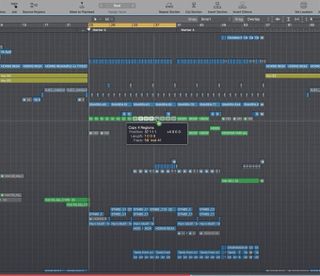
"The other thing is, from a DJ mixing point of view, that’s the point where you’ll be bringing the next track in, so you want it to be a little bit stripped out. It helps make it a bit more DJ friendly.
“Some producers complain about having to create radio edits or short edits for streaming, but I always do an extended mix as well. I actually like doing the shorter edits, it’s a nice snappy version and I think it certainly doesn’t hurt to have both.”
Danny Byrd's essential mixing tip
“One thing I always do from the start of the track is put an EQ on the master bus with a little boost at the bottom end and a little boost at the top – a kind of smiley curve. You have to be careful what EQ you use for that; it needs to be really high quality otherwise it’s just going to degrade the sound.
“I use the UAD Massenburg MDW-EQ. I feel like that’s mastering grade. I’ll boost a low shelf at around 60Hz, which adds more weight, then the top between 16kHz and 20kHz, just to add a bit more excitement.
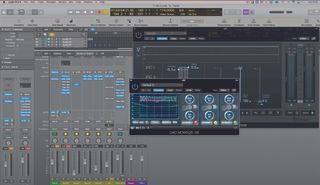
"If you compare your track to stuff on Spotify or Apple Music, you’ll likely notice your unmastered track is lacking in high end. I’ll leave a lot of that to the mastering engineers, but while I’m mixing it helps me get the track a little bit closer to that polished sound.”
Danny Byrd and D Double E’s new single Selecta is out now via Ministry Of Sound.


Future Music is the number one magazine for today's producers. Packed with technique and technology we'll help you make great new music. All-access artist interviews, in-depth gear reviews, essential production tutorials and much more. Every marvellous monthly edition features reliable reviews of the latest and greatest hardware and software technology and techniques, unparalleled advice, in-depth interviews, sensational free samples and so much more to improve the experience and outcome of your music-making.

“My love letter to a vanished era that shaped not just my career but my identity”: Mark Ronson’s new memoir lifts the lid on his DJing career in '90s New York
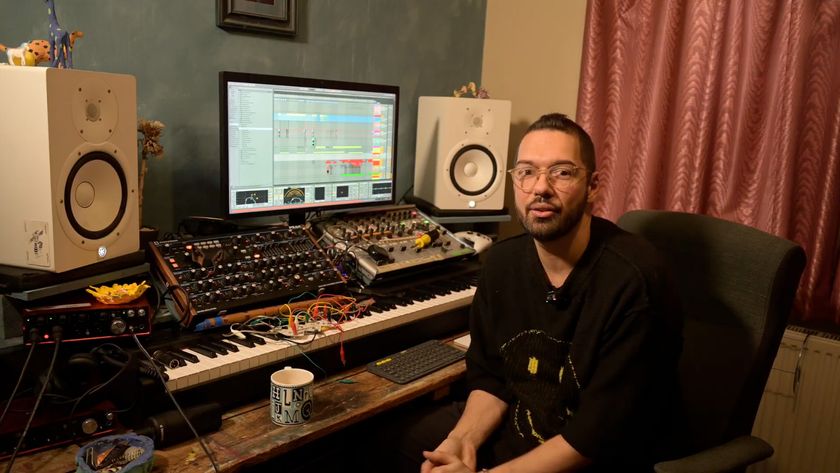
“I'm always starting up sessions and not finishing them, but I don't see that as unproductive”: Virtuosic UK producer Djrum talks creativity and making Frekm Pt.2









